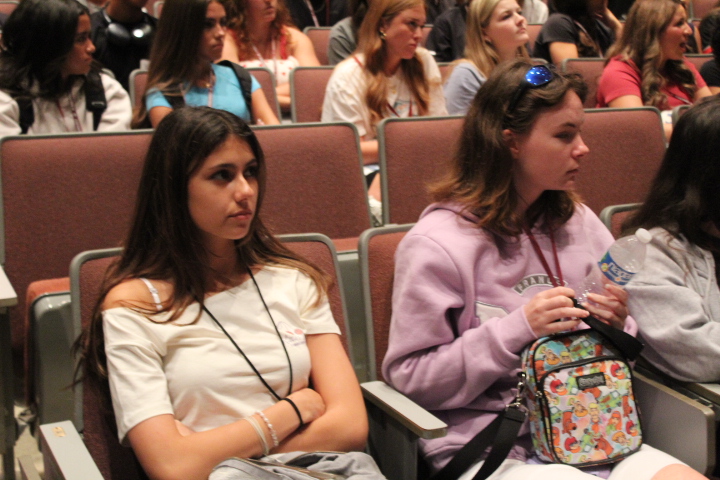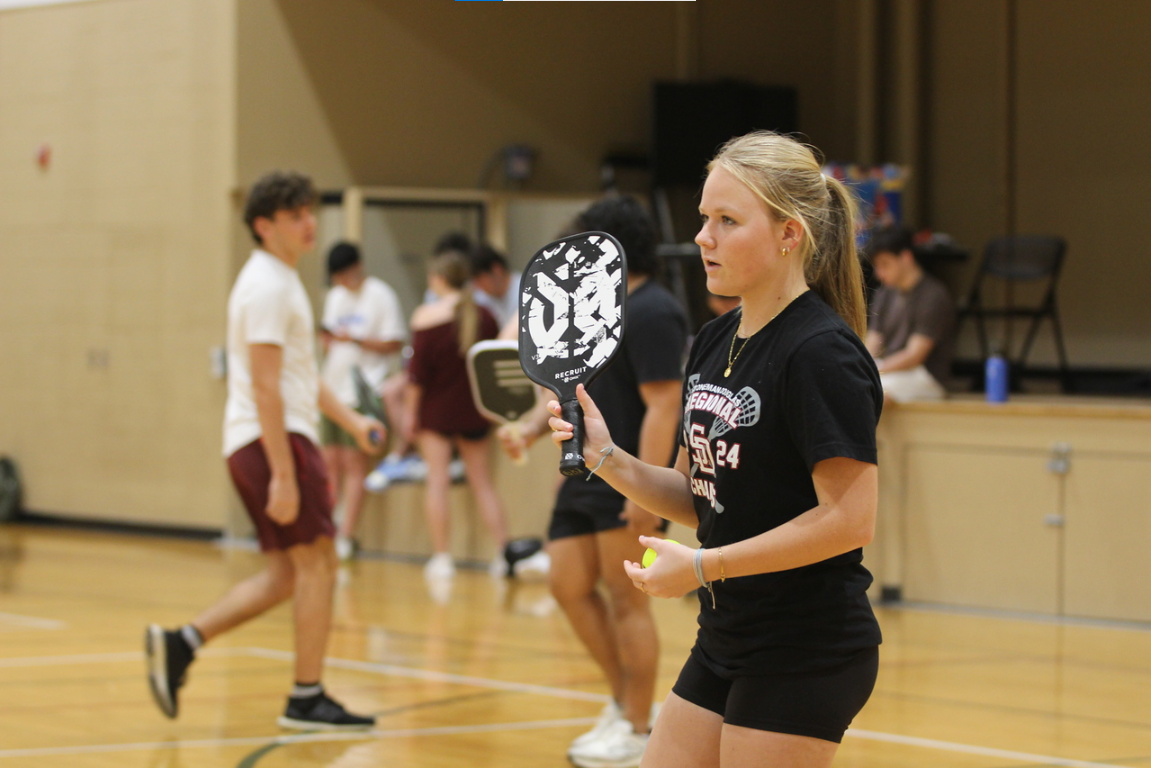*This story was originally published in the first quarter issue of the Eagle Eye*
On Nov. 16, 2016, 80 percent of teachers at Marjory Stoneman Douglas High School voted to implement the 4X4 A/B block schedule for the 2017-2018 and 2018-2019 school years. This year, students and staff get their first glimpse of the new schedule’s impact on the school.
With the block schedule, students have alternating burgundy and silver days, each day consisting of four periods. Some students who experienced the previous schedule did not like the idea of the block at first, and vice versa, but some opinions have changed.
“At first, I was pretty excited about the block schedule, but now I feel like I’m being given more homework, and it is harder for me to manage my time along with my assignments,” junior Sadhika Sarathy said.
Those against the block schedule believe the longer class periods can cause students to lose focus more quickly than the previous schedule. Also, some have an imbalance in difficulty from a silver to a burgundy day, making some days more stressful than others.
“It took so long for me to adjust to the new schedule because it’s such a big change; I’m used to having all my classes in one day,” Sarathy said. “I liked the 50 minute class time better because it was shorter and easier to pay attention to each lesson.”
To those in favor, the block schedule holds many benefits and is considered a fresh start. It gives students opportunities the previous schedule did not offer by adding a personalization period and more time in class to work on assignments and homework.
“I like the block schedule because it gives me a sufficient amount of time to do all the homework needed for my classes,” junior Alondra Gittelson said. “Having a 90-minute class means that I am able to ask my teachers questions, so they can better explain the material.”
It could also be helpful for those that have extracurricular activities and busier schedules outside of school, especially with the addition of the personalization period. With the personalization period, students are able to get ahead on their assignments and take makeup tests for days they have missed.
“Since I’m in marching band, I love having the personalization period because I am able to catch up on my work,” sophomore Bianca Navas said.
Teachers are also affected by the block schedule and have their own thoughts about this change. Some classes may have a harder time keeping the students’ attention, while others benefit from the extended period.
“I think it is more difficult for students who are absent to make up their work and to keep up with what we are doing in class,” art teacher Lauren Rosa said.
Teachers can use the 90-minute class period to elaborate on lessons, provide feedback and complete tasks without having to worry about continuing them the next day.
“For students, there is more chance and opportunity to use the time between the class, and the next class period to really work on things without having the pressure of eight classes of homework to take care of, and to manage your time correctly,” English teacher Laurie Edgar said.
The future of the block schedule also has to be taken into consideration. The block schedule is confirmed to be in place for the 2017-2018 and 2018-2019 school years. Based on its success or failure, teachers will vote on whether to change or keep it.
“I think that now the schedule is put into place, it is here to stay,” Rosa said. “I’m being proactive about it instead of negative because there is no use in fighting it because it’s here.”
The block schedule has brought a different perspective to a typical school day.










